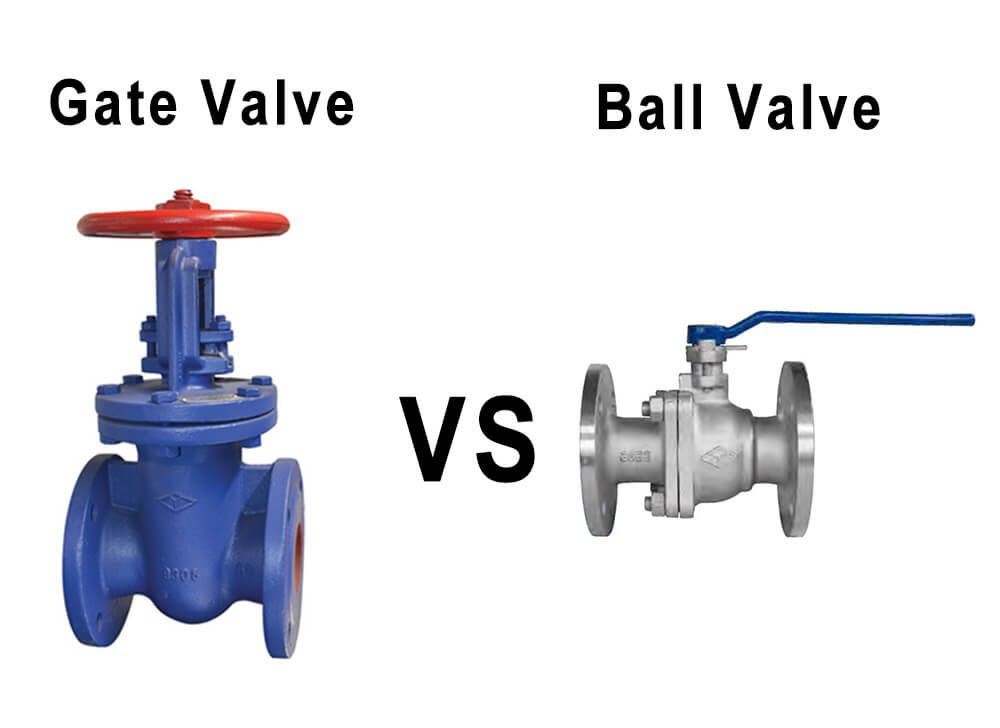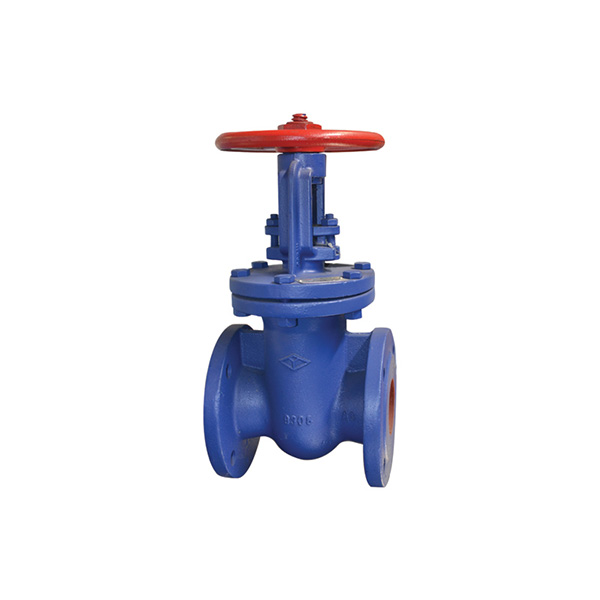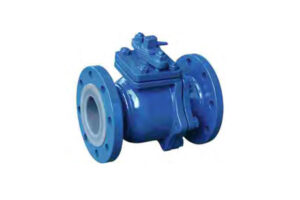Là chuyên gia về van có nhiều năm kinh nghiệm trong ngành, Tôi thường được hỏi về sự khác biệt giữa van cổng và van bóng, và loại nào phù hợp hơn cho các ứng dụng cụ thể.

Sự thật là, Cả hai loại van đều có những lợi thế và giới hạn duy nhất của chúng, và sự lựa chọn cuối cùng phụ thuộc vào các yếu tố như bản chất của quá trình, các điều kiện hoạt động, và các yêu cầu cụ thể của hệ thống.
Van cổng: Mạnh mẽ và đáng tin cậy

Van cổng được biết đến với việc xây dựng gồ ghề và khả năng chịu được áp lực và nhiệt độ cực đoan.
Chúng có một cánh cổng hình nêm di chuyển vuông góc với đường dẫn dòng chảy, cho phép mở hoàn toàn khi ở vị trí mở. Thiết kế này giảm thiểu khả năng chống lại dòng chảy, làm cho van cổng trở thành sự lựa chọn tuyệt vời cho các ứng dụng mà việc giảm áp suất là mối quan tâm hàng đầu, chẳng hạn như trong hệ thống phân phối nước, đường ống dẫn dầu và khí đốt, và cơ sở sản xuất điện.
Một trong những lợi thế chính của van cổng là khả năng dòng chảy hai chiều của chúng, có nghĩa là họ có thể kiểm soát dòng chảy một cách hiệu quả theo một trong hai hướng. Tính linh hoạt này làm cho chúng phù hợp cho một loạt các ứng dụng nơi có thể xảy ra sự đảo ngược dòng chảy. Ngoài ra, Van cổng cung cấp khả năng tắt tuyệt vời, Đảm bảo một con dấu chặt khi ở vị trí đóng.
Tuy nhiên, van cổng có một số hạn chế. Chúng thường yêu cầu mô -men hoạt động hơn so với các loại van khác, điều này có thể làm cho chúng ít phù hợp hơn với các ứng dụng yêu cầu hoạt động thường xuyên. Hơn nữa, van cổng không được khuyến khích cho dịch vụ tiết lưu, Vì vị trí mở một phần có thể gây xói mòn và thiệt hại cho các thành phần van.
Van bóng: Nhanh chóng và hiệu quả

BTất cả các van, Mặt khác, Cung cấp một bộ lợi thế khác nhau.
Các van này có một quả bóng hình cầu với lỗ khoan phù hợp với đường dẫn dòng chảy ở vị trí mở, cho phép hạn chế dòng chảy tối thiểu. Khi bóng được xoay 90 độ, lỗ khoan vuông góc với đường dẫn dòng chảy, tắt hiệu quả dòng chảy.
Một trong những lợi ích chính của van bóng là khả năng cung cấp hoạt động nhanh chóng và hiệu quả của chúng. Với một chuyển động quay đầu đơn giản, Họ có thể chuyển đổi từ mở hoàn toàn sang đóng hoàn toàn, Biến chúng là một lựa chọn tuyệt vời cho các ứng dụng yêu cầu hoạt động thường xuyên hoặc ngắt nhanh. Van bóng cũng rất phù hợp cho các dịch vụ điều chỉnh, Khi thiết kế hình cầu bóng giảm thiểu sự nhiễu loạn và xói mòn khi ở vị trí mở một phần.
Tuy nhiên, Van bóng có một số nhược điểm. Chúng thường có kích thước lỗ khoan nhỏ hơn so với các van cổng có cùng đường kính danh nghĩa, có thể dẫn đến giảm áp suất cao hơn. Ngoài ra, Van bóng thường không được khuyến nghị cho các ứng dụng liên quan đến vi sai áp suất cao hoặc nhiệt độ khắc nghiệt, Vì những điều kiện này có thể làm tổn hại đến khả năng niêm phong của van và tuổi thọ.
Chọn đúng van
Là một chuyên gia về van, Tôi luôn khuyên bạn nên đánh giá cẩn thận các yêu cầu cụ thể của từng ứng dụng trước khi chọn loại van thích hợp. Van cổng thường là lựa chọn ưa thích cho các ứng dụng mà áp suất cao, nhiệt độ, và dòng chảy hai chiều có liên quan, chẳng hạn như trong dầu khí, sản xuất điện, và các ngành phân phối nước. Van bi, Mặt khác, Excel trong các ứng dụng yêu cầu hoạt động thường xuyên, khả năng điều chỉnh, hoặc tắt nhanh, chẳng hạn như trong xử lý hóa học, dược phẩm, và các ngành công nghiệp thực phẩm và đồ uống.
Cuối cùng, quyết định giữa một van cổng Và một van bóng nên dựa trên sự hiểu biết thấu đáo về các điều kiện quy trình, Yêu cầu hệ thống, và các đặc điểm hiệu suất của van. Các nhà sản xuất van có uy tín như nhà sản xuất van công nghiệp Farpro Yuanda cung cấp một loạt các van cổng và van bóng, được thiết kế và sản xuất để đáp ứng các tiêu chuẩn công nghiệp cao nhất và sự mong đợi của khách hàng.
